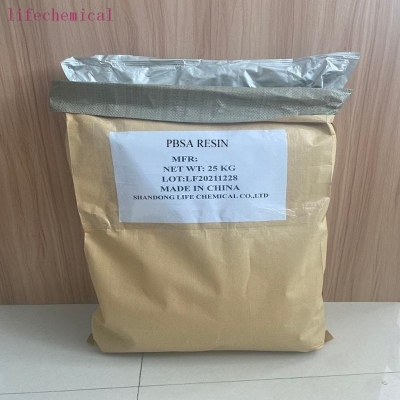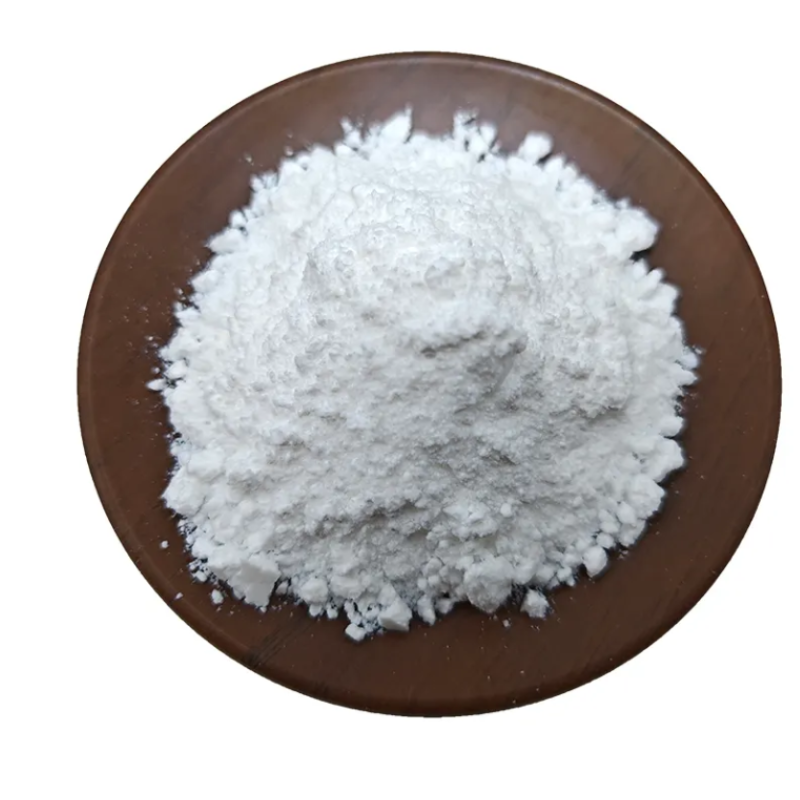-
Categories
-
Pharmaceutical Intermediates
-
Active Pharmaceutical Ingredients
-
Food Additives
- Industrial Coatings
- Agrochemicals
- Dyes and Pigments
- Surfactant
- Flavors and Fragrances
- Chemical Reagents
- Catalyst and Auxiliary
- Natural Products
- Inorganic Chemistry
-
Organic Chemistry
-
Biochemical Engineering
- Analytical Chemistry
-
Cosmetic Ingredient
- Water Treatment Chemical
-
Pharmaceutical Intermediates
Promotion
ECHEMI Mall
Wholesale
Weekly Price
Exhibition
News
-
Trade Service
According to information, researchers from Beijing Institute of Technology cooperated with Peking University and the Shanghai Synchrotron Radiation Light Source Si Rui research team to achieve breakthroughs in the field of normal temperature and pressure water phase electrocatalytic synthesis of ammonia
.
Researchers can achieve high selectivity and high rate of ammonia production starting from water and nitrogen at 25°C and 1 atmosphere pressure
.
This result is an order of magnitude improvement over the current reports, which provides a possibility for the practical application of electrochemical ammonia synthesis
.
? Electrocatalytic nitrogen reduction reaction provides a new way for sustainable ammonia synthesis
.
The reaction can be carried out under normal temperature and pressure.
A large amount of readily available water and nitrogen in the air are used as raw materials for the reaction, and electricity generated by sustainable energy sources such as solar energy and wind energy can be used as the energy source to achieve "zero emission" synthetic ammonia.
.
Therefore, whether as a potential substitute for the traditional ammonia synthesis Haber-Bosch method or as an important part of a new clean energy system, electrochemical ammonia synthesis technology has great development potential and broad application prospects
.
? However, the electrochemical synthesis of ammonia technology still faces major challenges, and its development is severely restricted by the very low selectivity and activity of existing catalysts
.
If this technology is to be put into practical use, it is necessary to break through existing theories, develop new catalysts and catalytic systems, and greatly improve the selectivity and activity of catalysts
.
? Researchers pioneered the use of non-precious metal catalysts-the synergy between bismuth nano catalysts and potassium ion alkali metal promoters to successfully enhance the adsorption and activation of nitrogen molecules on the catalyst surface, while inhibiting the side reaction of hydrogen evolution, thus breaking through the existing Limit, greatly improve the selectivity and reaction rate of electrocatalytic ammonia synthesis
.
Using this method, they start from water and nitrogen at 25°C and 1 atmosphere pressure, produce ammonia with high selectivity (the electron utilization rate is higher than 66%) and a high rate (3.
4g NH3/gh)
.
? The catalytic system also has wide applicability
.
Not limited to bismuth catalysts, the promotion of alkali metals is also applicable to a series of commonly used catalysts, such as Pt and Au
.
In addition, the catalytic system also has a significant improvement effect on the electrocatalytic reduction of carbon dioxide, which has important energy and environmental significance.
.
? At present, the annual global synthetic ammonia production has exceeded 100 million tons, most of which are used in agricultural production, and the other part is used as industrial raw materials
.
In addition, ammonia is also expected to become an important clean hydrogen storage and energy storage material
.
However, because the nitrogen molecule is very stable and difficult to activate, it is difficult to rapidly progress the ammonia synthesis reaction under mild conditions
.
The Haber-Bosch method, which is widely used in industry, promotes the reaction of high-purity hydrogen and nitrogen on the surface of iron-based catalysts to produce ammonia under harsh conditions such as high temperature and high pressure (300°C to 500°C, 100 to 200 atmospheres).
Hydrogen comes from fossil fuels such as methane, which exhibits the disadvantages of high energy consumption, high fossil fuel consumption and high carbon dioxide emissions
.
.
Researchers can achieve high selectivity and high rate of ammonia production starting from water and nitrogen at 25°C and 1 atmosphere pressure
.
This result is an order of magnitude improvement over the current reports, which provides a possibility for the practical application of electrochemical ammonia synthesis
.
? Electrocatalytic nitrogen reduction reaction provides a new way for sustainable ammonia synthesis
.
The reaction can be carried out under normal temperature and pressure.
A large amount of readily available water and nitrogen in the air are used as raw materials for the reaction, and electricity generated by sustainable energy sources such as solar energy and wind energy can be used as the energy source to achieve "zero emission" synthetic ammonia.
.
Therefore, whether as a potential substitute for the traditional ammonia synthesis Haber-Bosch method or as an important part of a new clean energy system, electrochemical ammonia synthesis technology has great development potential and broad application prospects
.
? However, the electrochemical synthesis of ammonia technology still faces major challenges, and its development is severely restricted by the very low selectivity and activity of existing catalysts
.
If this technology is to be put into practical use, it is necessary to break through existing theories, develop new catalysts and catalytic systems, and greatly improve the selectivity and activity of catalysts
.
? Researchers pioneered the use of non-precious metal catalysts-the synergy between bismuth nano catalysts and potassium ion alkali metal promoters to successfully enhance the adsorption and activation of nitrogen molecules on the catalyst surface, while inhibiting the side reaction of hydrogen evolution, thus breaking through the existing Limit, greatly improve the selectivity and reaction rate of electrocatalytic ammonia synthesis
.
Using this method, they start from water and nitrogen at 25°C and 1 atmosphere pressure, produce ammonia with high selectivity (the electron utilization rate is higher than 66%) and a high rate (3.
4g NH3/gh)
.
? The catalytic system also has wide applicability
.
Not limited to bismuth catalysts, the promotion of alkali metals is also applicable to a series of commonly used catalysts, such as Pt and Au
.
In addition, the catalytic system also has a significant improvement effect on the electrocatalytic reduction of carbon dioxide, which has important energy and environmental significance.
.
? At present, the annual global synthetic ammonia production has exceeded 100 million tons, most of which are used in agricultural production, and the other part is used as industrial raw materials
.
In addition, ammonia is also expected to become an important clean hydrogen storage and energy storage material
.
However, because the nitrogen molecule is very stable and difficult to activate, it is difficult to rapidly progress the ammonia synthesis reaction under mild conditions
.
The Haber-Bosch method, which is widely used in industry, promotes the reaction of high-purity hydrogen and nitrogen on the surface of iron-based catalysts to produce ammonia under harsh conditions such as high temperature and high pressure (300°C to 500°C, 100 to 200 atmospheres).
Hydrogen comes from fossil fuels such as methane, which exhibits the disadvantages of high energy consumption, high fossil fuel consumption and high carbon dioxide emissions
.







